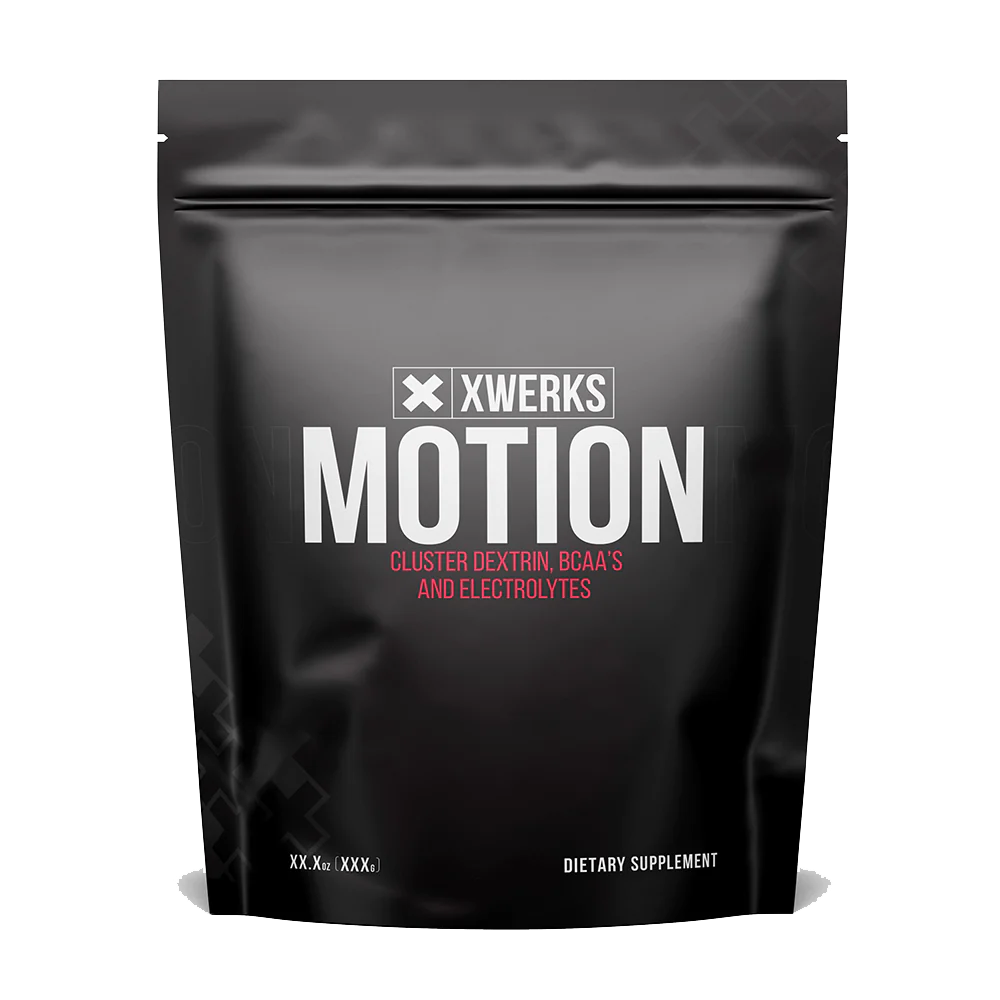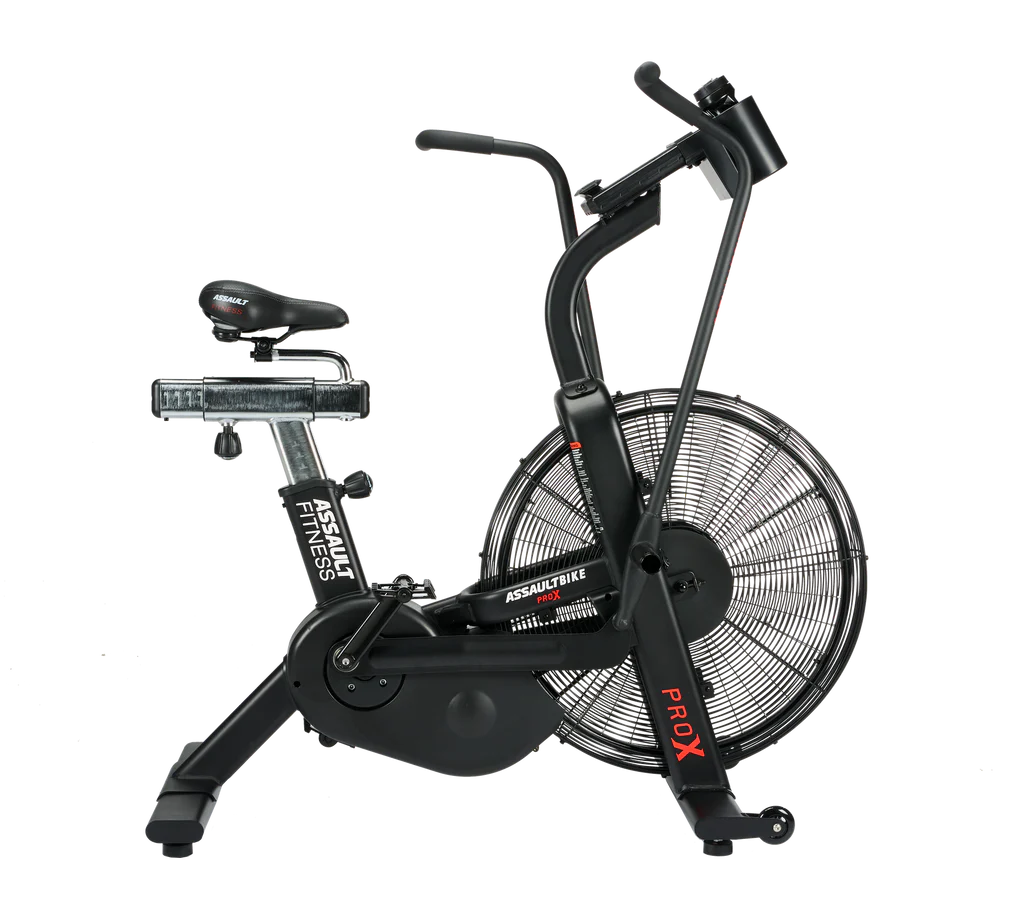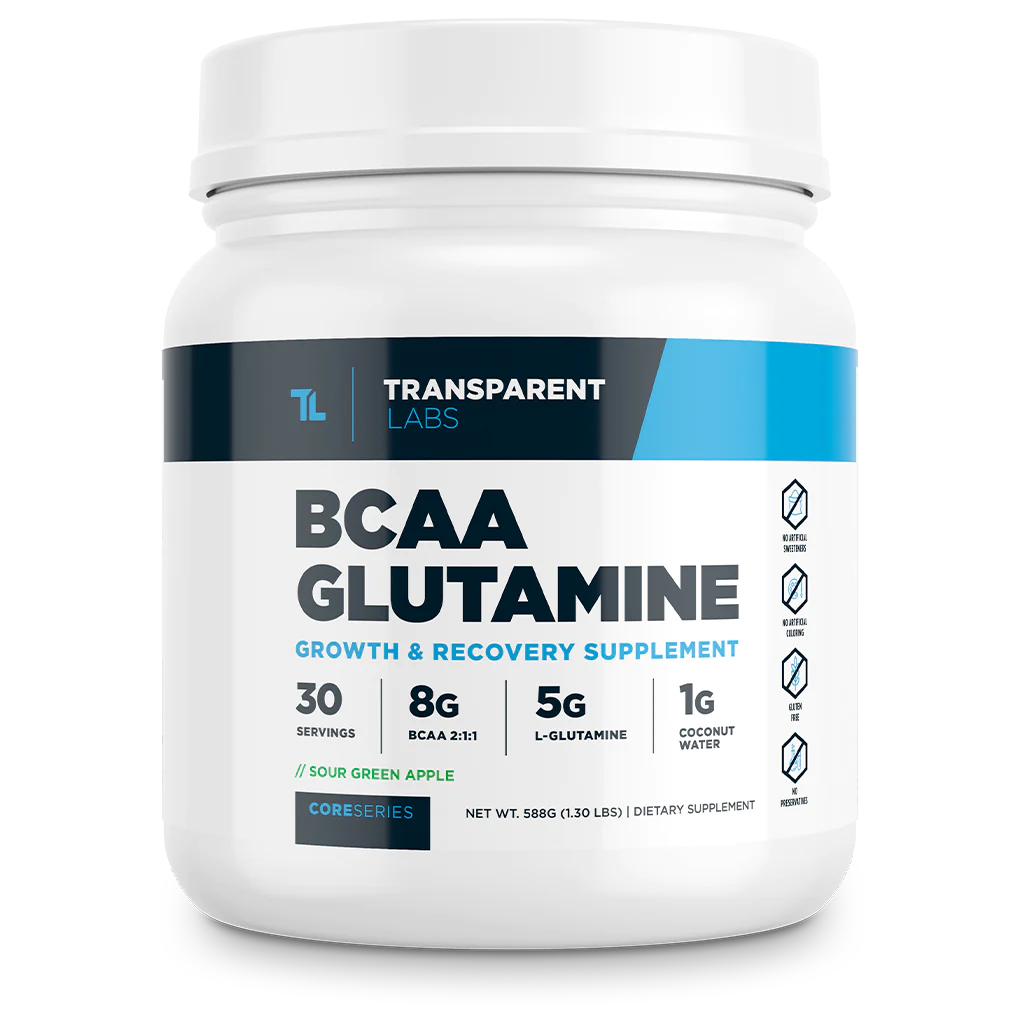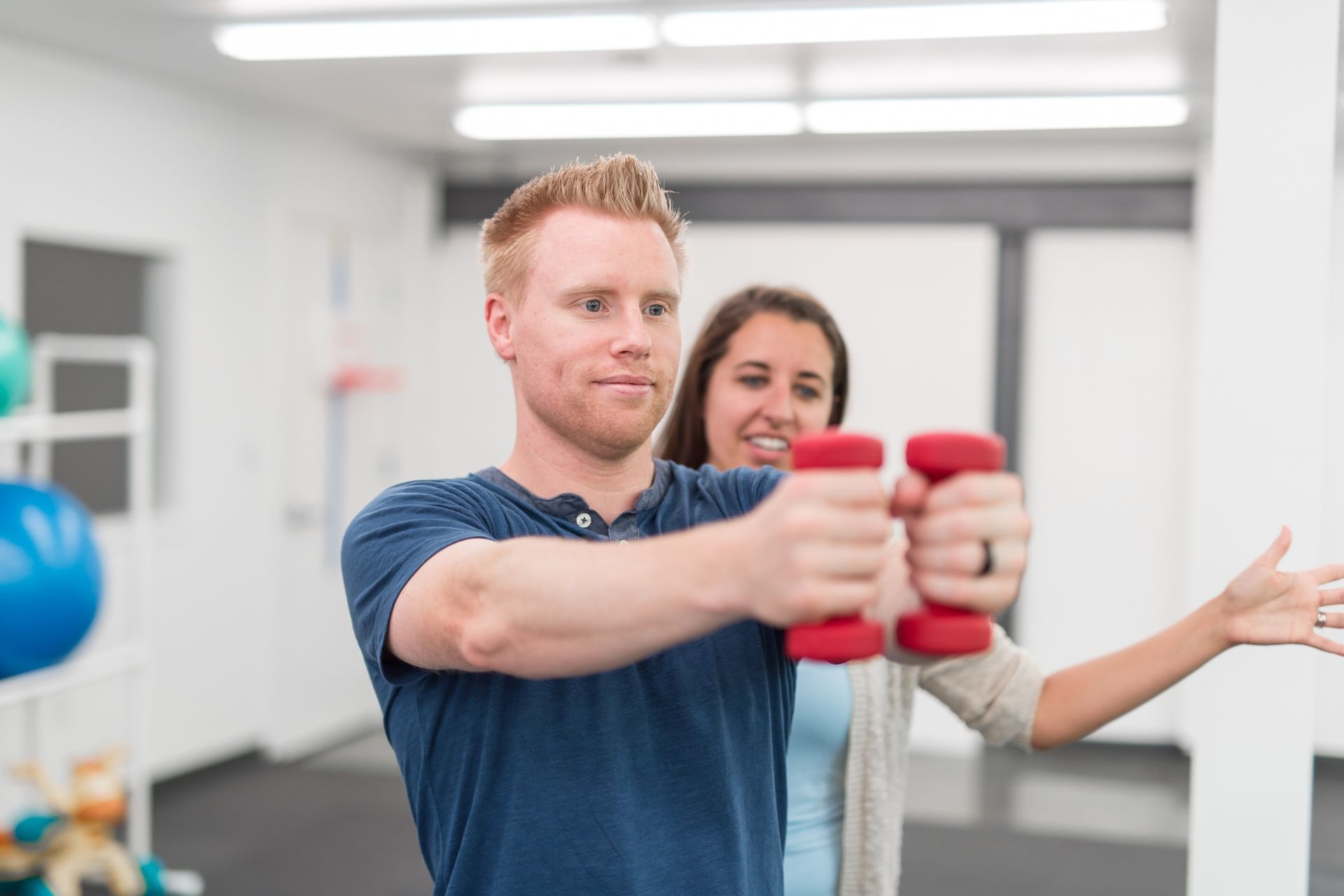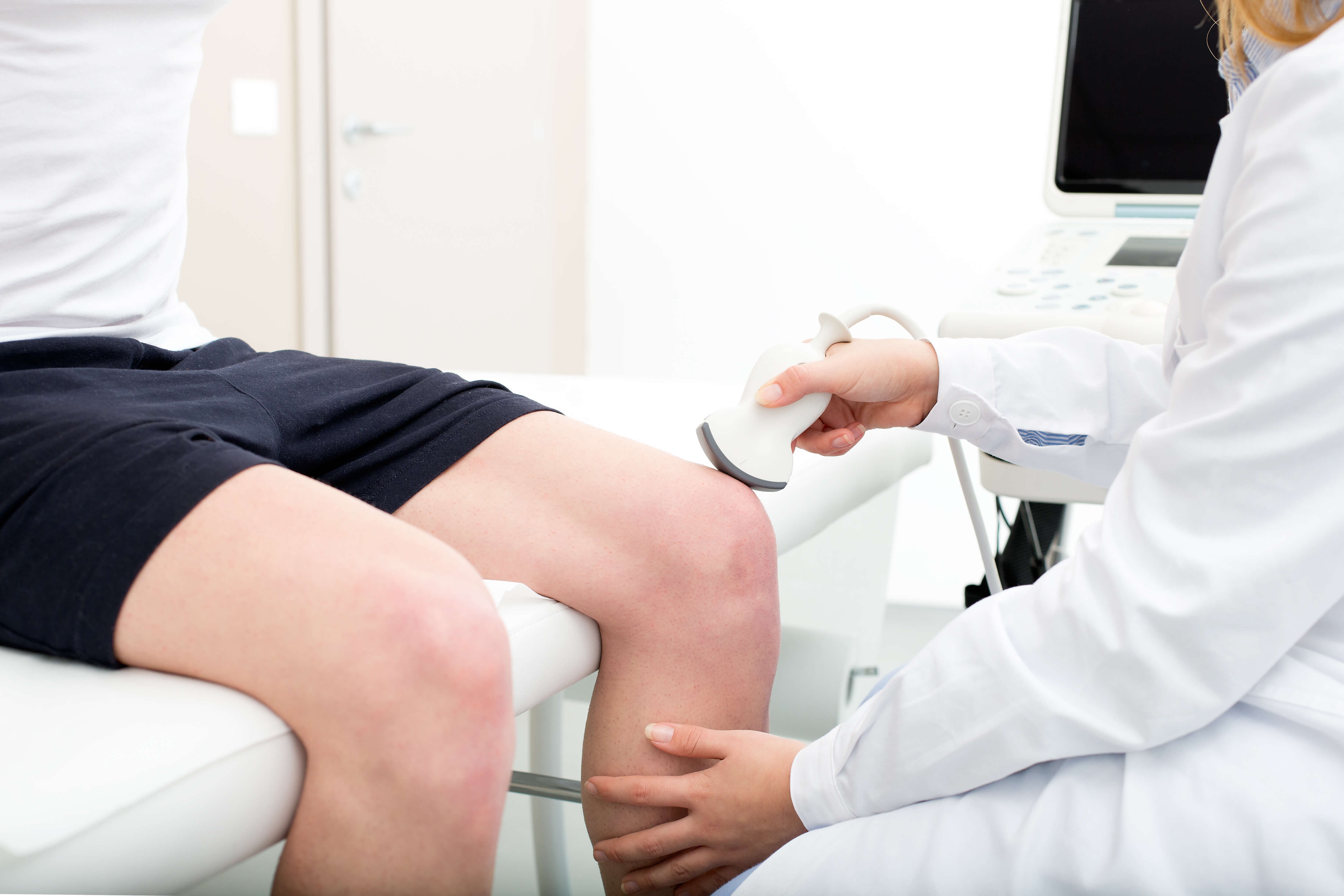Closed Kinetic Chain Exercises
What are closed kinetic chain exercises and how do they differ from open kinetic chain exercises?
Closed kinetic chain exercises involve movements where the distal end of the limb is fixed, such as when the foot is in contact with the ground during a squat. In contrast, open kinetic chain exercises involve movements where the distal end of the limb is free, such as when doing leg extensions on a machine. Closed kinetic chain exercises are considered more functional as they mimic real-life movements and engage multiple muscle groups simultaneously, while open kinetic chain exercises isolate specific muscles.

